As we always strive to bring you to places that are not immediately obvious or attract the attention of the mainstream, we had to pay yet another visit to the legendary roof where the iconic Saigon evacuation picture was taken – without doubt one of the most iconic photos of the Vietnam War. And one accompanied by a big misconception.
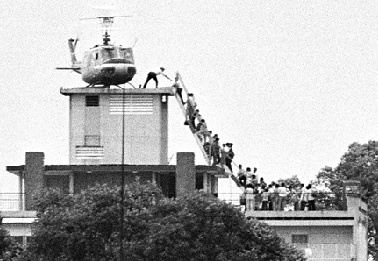
Historical Background
When the People’s Army of Vietnam, under the flag of president and now father and hero of the Nation Ho Chi Minh, marched into Saigon – also referred to as Ho Chi Minh City since the country’s reunification – in the spring of 1975, the last days before their arrival were frantic. Everybody and everything were in a frenzy.
In those days, scores of American and especially Vietnamese people who had been involved with the Vietnamese government and allies in the south were trying to flee the country. Their hope was for a visa and safe passage to the United States, to avoid any potential repressions for their role during the conflict.
Organizing and executing this was, to put it in glossy words, challenging. Therefore, every day hundreds and later thousands of people were standing in front of the then-existing US embassy building. Evacuations with Huey helicopters became frequent, especially toward the end. Thousands made it out, others didn´t.
What´s the deal about this iconic picture
On April 29th, when the Viet Minh began their final attack on the city under the command of General Văn Tiến Dũng, the frenetic evacuation mission reached its peak. One of the boardings of a helicopter was captured by Dutch photographer Hubert Van Es, who was still in the city.
But something got lost in translation after transmitting it to the international newspaper editors in the days to come, back then a lengthy radio signal process: This building was actually NOT the US embassy. Instead, Van Es had witnessed and photographed this spectacular moment four blocks away from the Pittman apartment building, which housed many high-ranking CIA people stationed in HCMC during the end of the war.
If you don’t want to go in yourself, you can still see it while standing between the Cathedral and the historic post office nowadays. The angle is just right. The story of the picture is also nicely summarized here.
How to visit the site
But of course, going in is what we’re here for. Many travellers pass by the building at 22 Ly Tu Trong (formerly Gia Long) in downtown Saigon, just opposite the huge ‘Vincom’ mall, without recognizing its historical significance. There are no signs indicating its importance, and it is not a tourist attraction.
You must spot the sometimes-closed blue gate below the red “Vinacoin” letters, until you see a man noticing you. He will then hush you in, take a few dollars, and send you up the elevator to the roof. During other days he also opens the shutter left to the gate, leading to the entrance hall, and the whole entrance procedure gets a bit more easy.
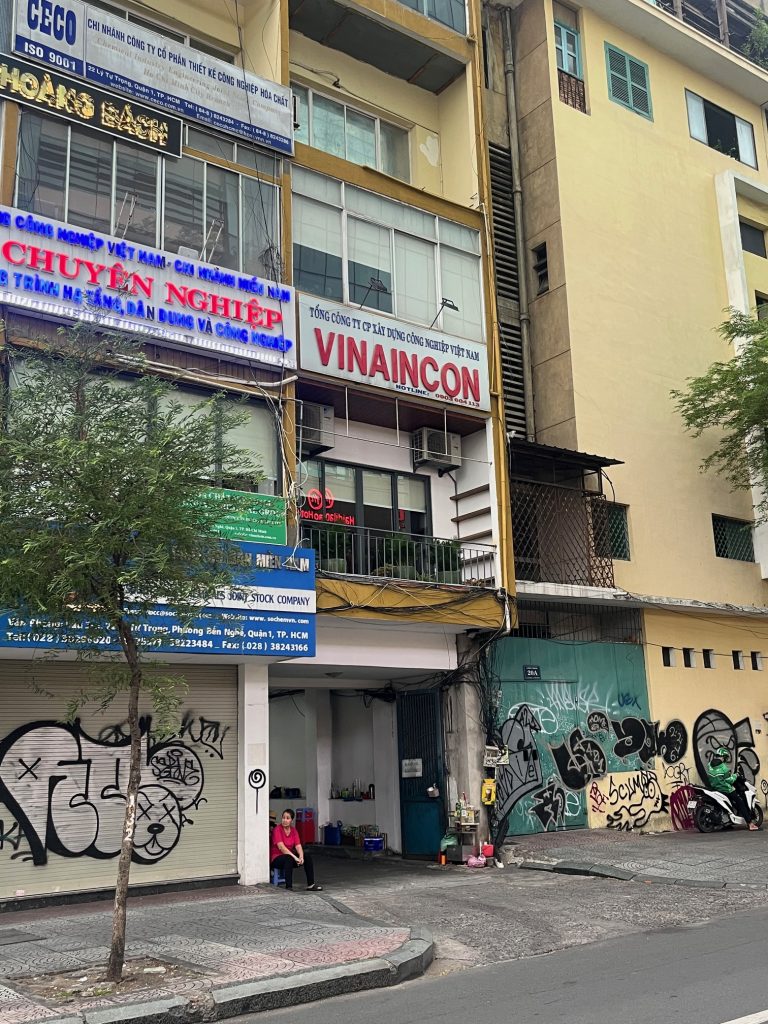
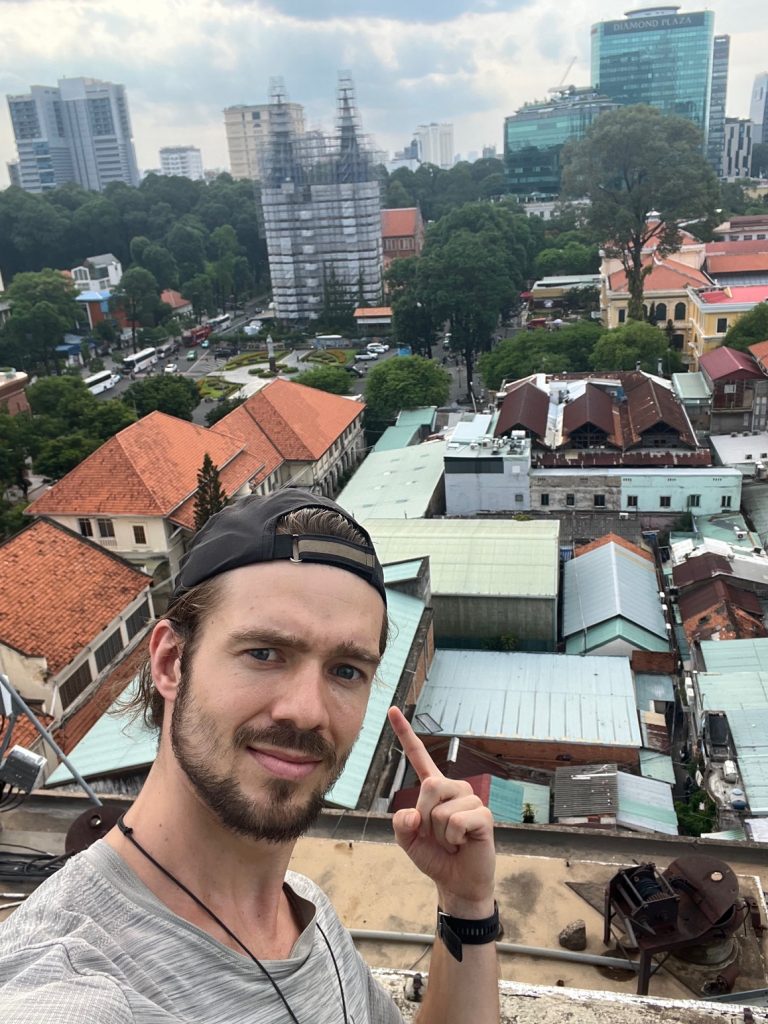
VND 100,000 – or $5 – is definitely enough as a “ticket” fare, but he might check if you’re willing to give more. He doesn’t like it to be too obvious an in and out of “tourists”, to protect the residents from all the hassle, but probably also to keep his little business under the radar.
Therefore, you might feel a bit unofficial when entering, but it’s also not unusual. Up and about, you can even climb a slightly shaky ladder to the very very top of the “helipad”. Unfortunately, it’s not the original ladder, but it just serves to bring you closer to the feeling of heading for a way out under precarious circumstances.
It´s not possible to create your own version of the iconic Saigon evacuation picture up here, as for this you would have to be a few blocks on the opposite side. But its a special moment to stand on this historically important roof, most likely alone, with no one else to disturb your thoughts.
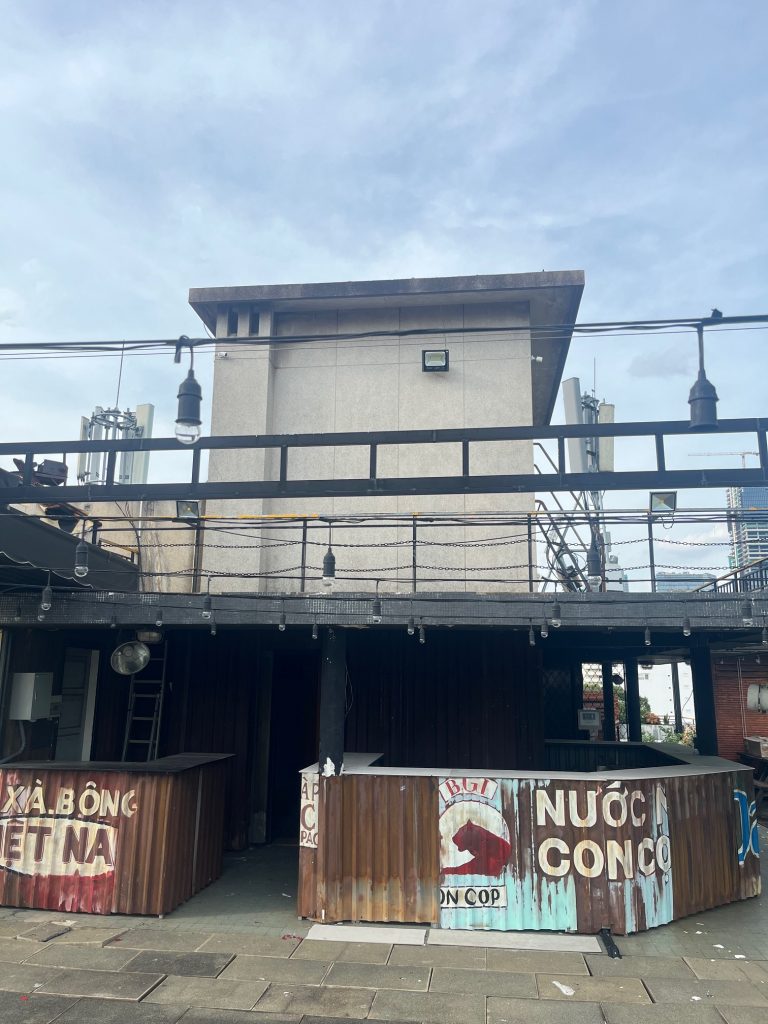
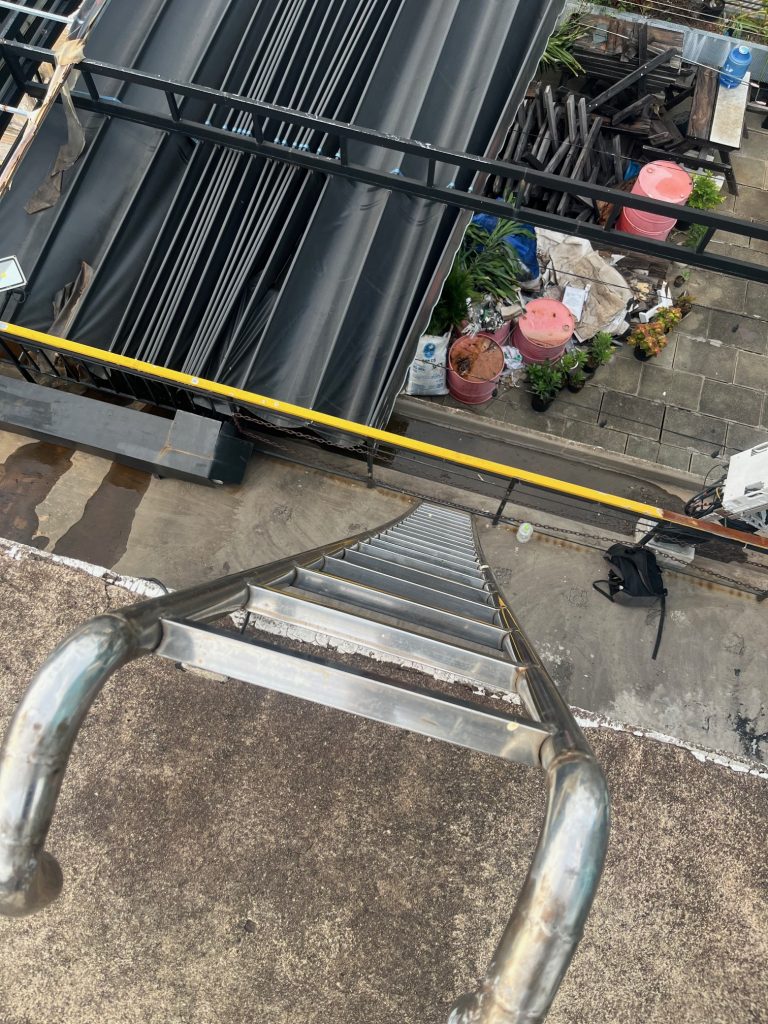
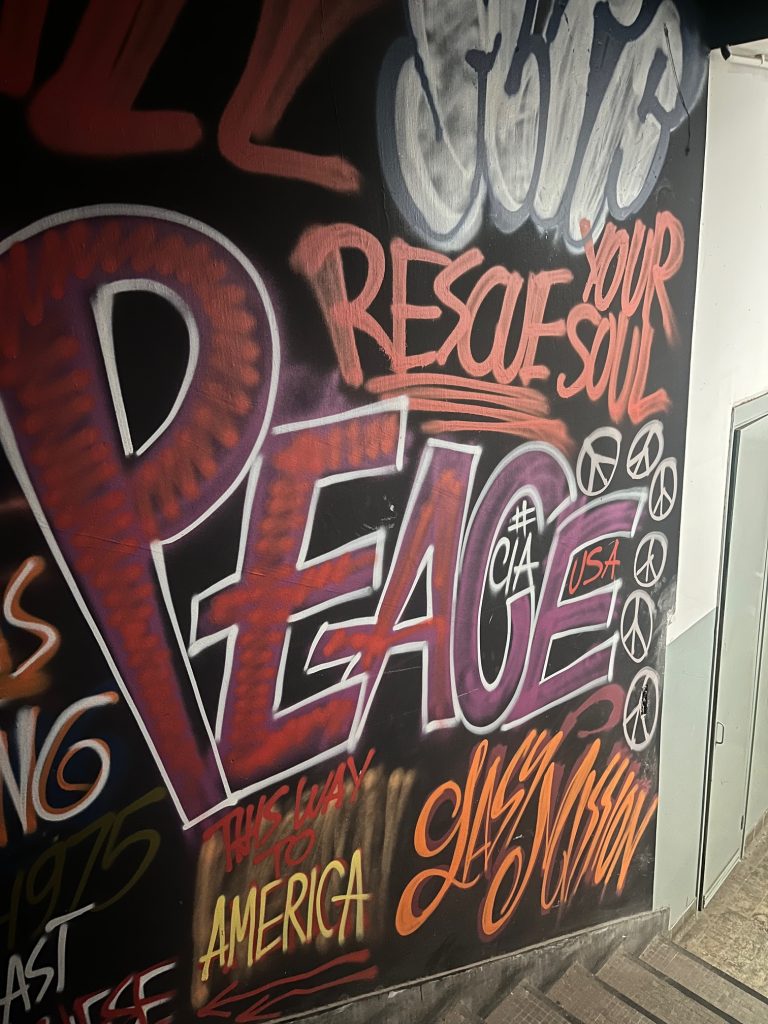
How to go there with YPT
YPT can furthermore arrange overland tours throughout South-East Asia that can combine travel to Vietnam with Cambodia, Laos, and Thailand directly, as well as linking to mainland China and Myanmar.





